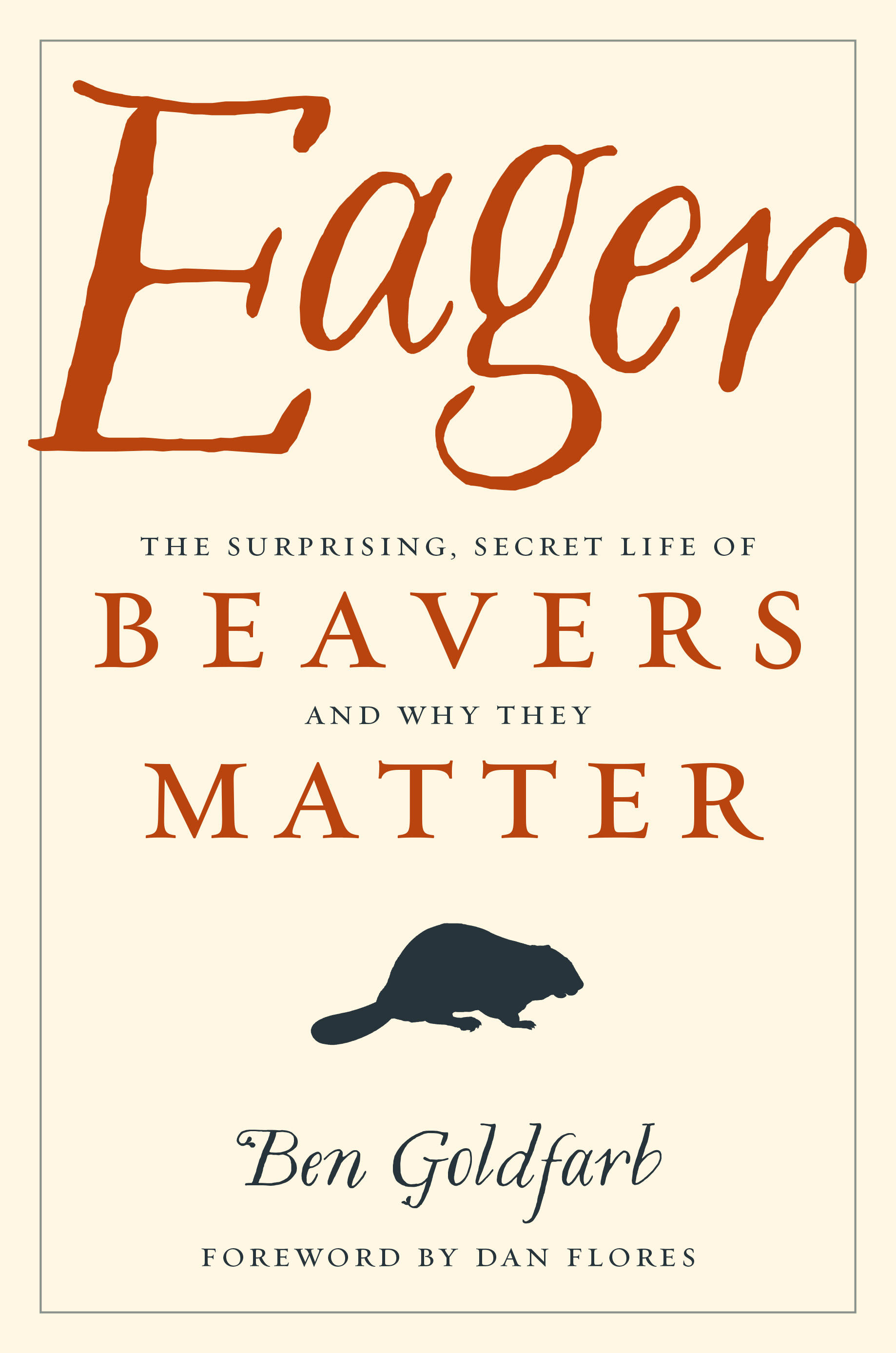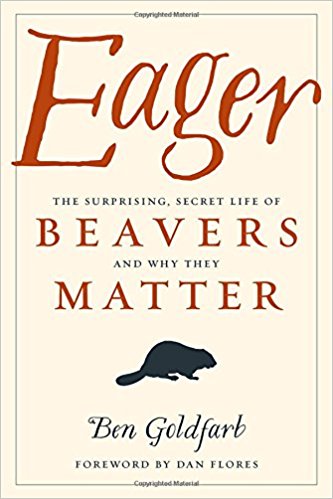
But how much do people actually know about this industrious little creature? This book is an eye-opening discussion on the crucial ecological importance beavers play. Read moreĪ detailed account of the beaver's key role in waterway ecology.The beaver is an animal that most people, regardless of where they live in the world, know about. Both of which will help as you, inevitably, become converted and want to convince your local flooding stream control agency to start using beavers as the best control method around. A whiff of old cheese indicated a female" (p.93)References are packed into 20 pages of notes at the end, followed by an index. Replete with accounts of tagging along with people who work with beavers, and learning with them: How do you tell what gender a beaver is, with no visible differences? You smell their anal secretions: "A hint of motor oil means a male. You have to find deep water or build a dam soon-you can smell the funk of nearby black bears-but the best homes are taken." (p.73)"There was one spot, up by Cody, where it was like ringing the grizzly bear dinner bell.A beaver is just a fat, slow, smelly package of meat." (p.88)

You've recently departed your lodge, supplanted by newborn siblings who have become the apples of your parents' beady black eyes. "Imagine briefly that you're a beaver-a dispersing two-year-old male, say. Goldfarb uses homely analogies to help us get into what's going on with beavers. One of the best natural history books I've read in a while! Very entertaining. Ultimately, it’s about how we can learn to coexist, harmoniously and even beneficially, with our fellow travelers on this planet. Eager is a powerful story about one of the world’s most influential species, how North America was colonized, how our landscapes have changed over the centuries, and how beavers can help us fight drought, flooding, wildfire, extinction, and the ravages of climate change. From the Nevada deserts to the Scottish highlands, Believers are now hard at work restoring these industrious rodents to their former haunts. Today, a growing coalition of “Beaver Believers”-including scientists, ranchers, and passionate citizens-recognizes that ecosystems with beavers are far healthier, for humans and non-humans alike, than those without them.


The consequences of losing beavers were profound: streams eroded, wetlands dried up, and species from salmon to swans lost vital habitat. In Eager, environmental journalist Ben Goldfarb reveals that our modern idea of what a healthy landscape looks like and how it functions is wrong, distorted by the fur trade that once trapped out millions of beavers from North America’s lakes and rivers.


 0 kommentar(er)
0 kommentar(er)
